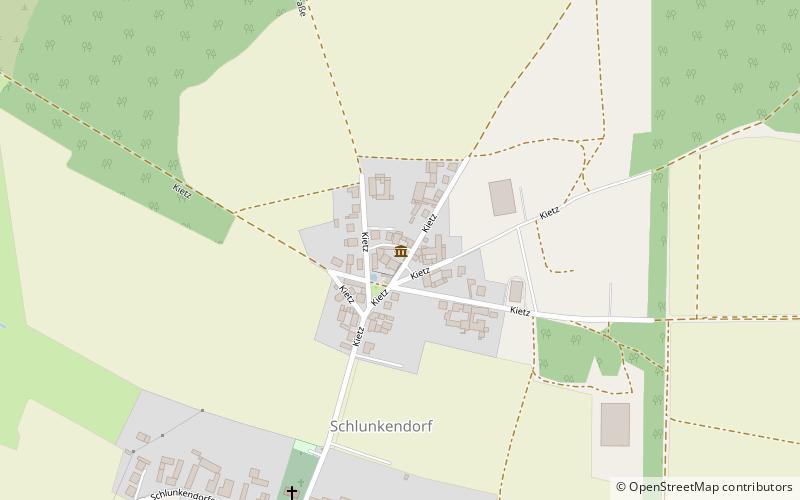Spargelmuseum


Facts and practical information
Located in the eponymous town of Beelitz in the district of Potsdam-Mittelmark in the state of Brandenburg, the Asparagus Museum Beelitz provides information about the botany of asparagus, its cultivation, its history and that of the people associated with it. It is located in the historic old town of Beelitz in Mauerstraße.
The association "Beelitzer Spargel e. V." has founded the collection of the asparagus museum in Beelitz. In the old town of Beelitz, in the historic coach house in Mauerstraße, directly behind the courtyard of the old post office, you can dive deep into the history of the noble vegetable from the Nieplitz. The collection, which is constantly being expanded, pays tribute to asparagus as a source and object of culinary pleasure and acquisition. It informs about the botany of the plant, the technology and the history of asparagus cultivation in Beelitz, about aspects of the general history of culture and art as well as medicine in connection with asparagus and about the way of life of the people connected with asparagus. It also shows the economic importance of asparagus for the region and presents the tourism project "Beelitzer Spargelstraße". The reproduced photographs, which citizens made available, not infrequently awaken kinship memories in local viewers. The loans, including valuable cutlery and tableware, refer to the names of the numerous donors. The museum's presentation testifies to the triumphant advance of the asparagus, the asparagus, which began 2500 years ago and which also brought it to Beelitz. Almost reverently, asparagus is called "royal vegetable", "edible ivory", "palate pleaser" or "spring air in stalks". It served and still serves as a motif for painters, it inspired goldsmiths, porcelain manufacturers, poets, is the subject of scientific research, and even possessed cultic significance. The museum exhibition deliberately follows traces of the everyday culture of people whose livelihood was not insignificantly determined by asparagus. In 1861, the Beelitz farmer Karl Friedrich Wilhelm Herrmann cultivated the first asparagus in the fields. Gradually, other Beelitz residents followed his example. The Berlin market was on the doorstep, and after the turn of the century surpluses could also be shipped abroad. In the twenties and thirties, Beelitz was the undisputed asparagus center of the Mark Brandenburg, with 625 hectares under cultivation. This is the area around Beelitz again today. Today asparagus is grown and harvested on about 830 ha. During the season, a visit to the museum is especially worthwhile. Interesting small dishes made of fresh green asparagus are additionally offered on weekends. The new exhibition room provides insights into the processing and storage of white and green asparagus and, as a special feature, offers day-fresh Beelitz green asparagus for sale. Guided tours of asparagus farms are also available.
Spargelmuseum – popular in the area (distance from the attraction)
Nearby attractions include: Nuthe-Nieplitz Nature Park, Grössinsee, Parish Church of St. Mary and St. Nicholas, Riebener See.











